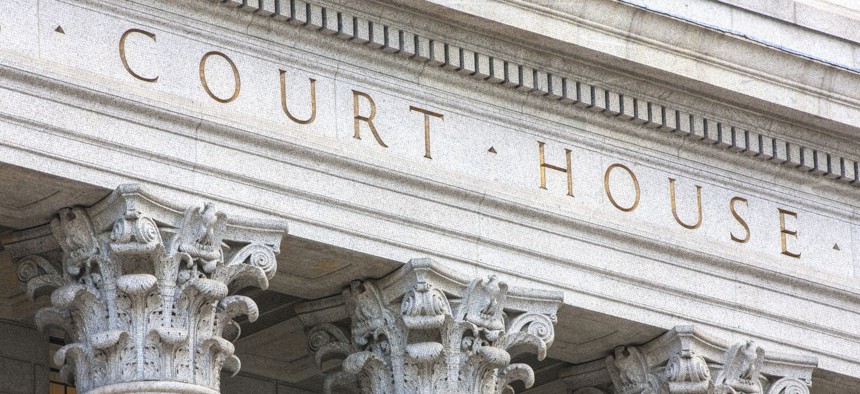Is Public Corruption Becoming More or Less Common in the U.S.?

Pierre Desrosiers / Shutterstock.com
A recently published academic study takes a look at that.
Public corruption convictions have been ticking steadily downward during the last three decades, according to a recently released academic study.
A pair of professors from Winthrop University in Rock Hill, South Carolina, and the University of Missouri examined more than 16,000 corruption cases dating back to 1986 as part of the study. They relied on court case filings and other government records accessed through a system known as the Transactional Records Access Clearinghouse.
“This provides an objective picture of public corruption, in contrast to public perceptions that are colored by sensational media coverage of a few outlier cases,” one of the study’s authors, Jeffrey Milyo, who is a professor of economics at the University of Missouri, said in a statement.
He added: “We found that overall corruption convictions are, in fact, declining from year to year and that only about 2 percent of those cases involved elected or high-ranking officials.”
Instead, the cases mostly involved lower-level federal or local officials.
Of 16,452 convictions noted in the study, federal officials were ensnared in 9,101, local officials in 4,170 and state officials in 1,591.
The two most common “lead charges” at the state and local levels were theft and bribery in programs receiving federal funds, and Hobbs Act violations. The Hobbs Act is a federal statute, which prohibits robbery and extortion affecting interstate or foreign commerce. It is frequently used in connection with cases involving public corruption.
When combined, these two categories of wrongdoing accounted for 41 percent of total convictions at the state level, and close to 44 percent at the local level.
The study, “Measuring Public Corruption in the United States: Evidence From Administrative Records of Federal Prosecutions,” appeared in the January edition of the journal Public Integrity.
Another of its findings was that reports from the U.S. Department of Justice’s Public Integrity Section, which have been used to inform past research on public corruption, were inconsistent, and of dubious quality.
“This data is compiled from retrospective surveys of federal prosecutors rather than directly from administrative records,” Milyo said. “Consequently, there are inconsistencies in reporting over time and across prosecutors in different parts of the country.”
The study also includes an index, which ranks each state’s level of corruption based on four different metrics.
By every measure, according to the study, Iowa is the least corrupt. Also consistently ranking among the top 10 least-corrupt states: Colorado, Kansas, Oregon, Utah, and Washington.
Mississippi garnered special notice for being one of the most corrupt states by every measure.
Joining the Magnolia State at the corrupt end of the spectrum were Louisiana, Massachusetts, and Rhode Island. While Hawaii, New Jersey, New York, and West Virginia received “dishonorable mentions.”
Bill Lucia is a Reporter for Government Executive’s Route Fifty.
NEXT STORY: Are State-Sanctioned Heroin Shooting Galleries a Good Idea?






